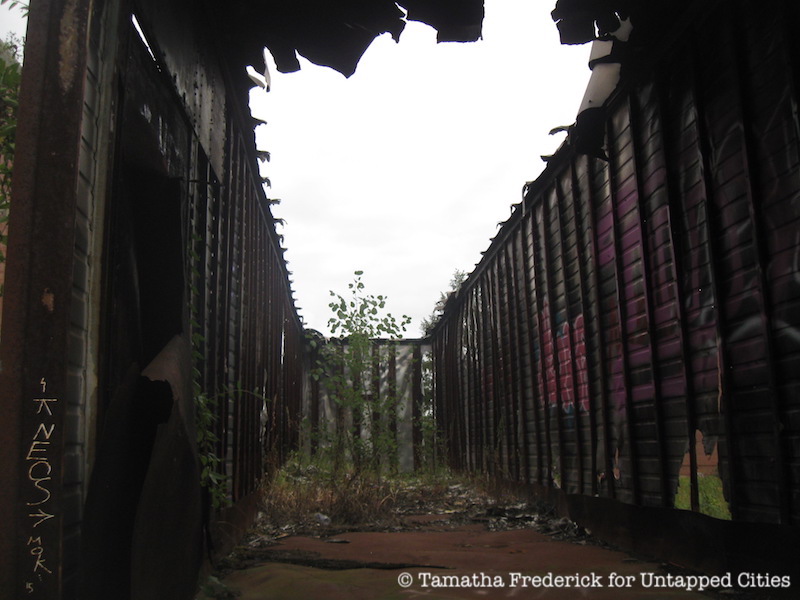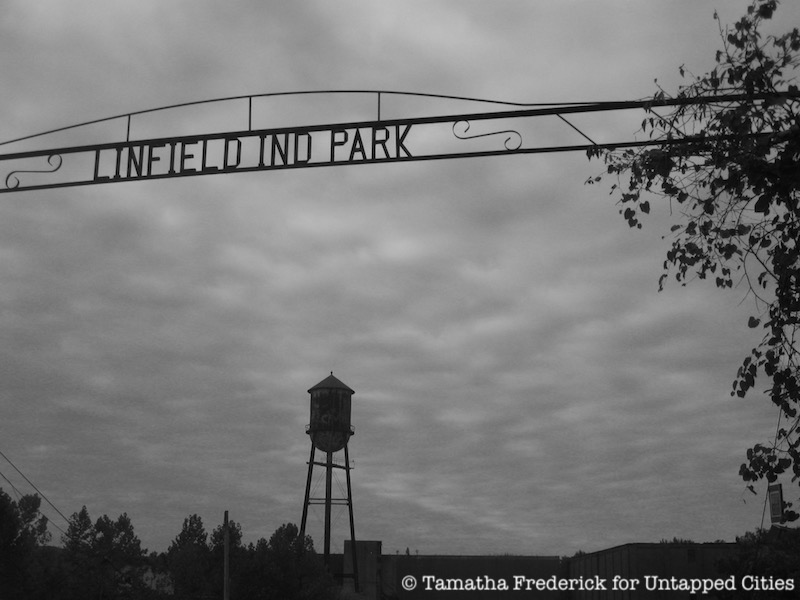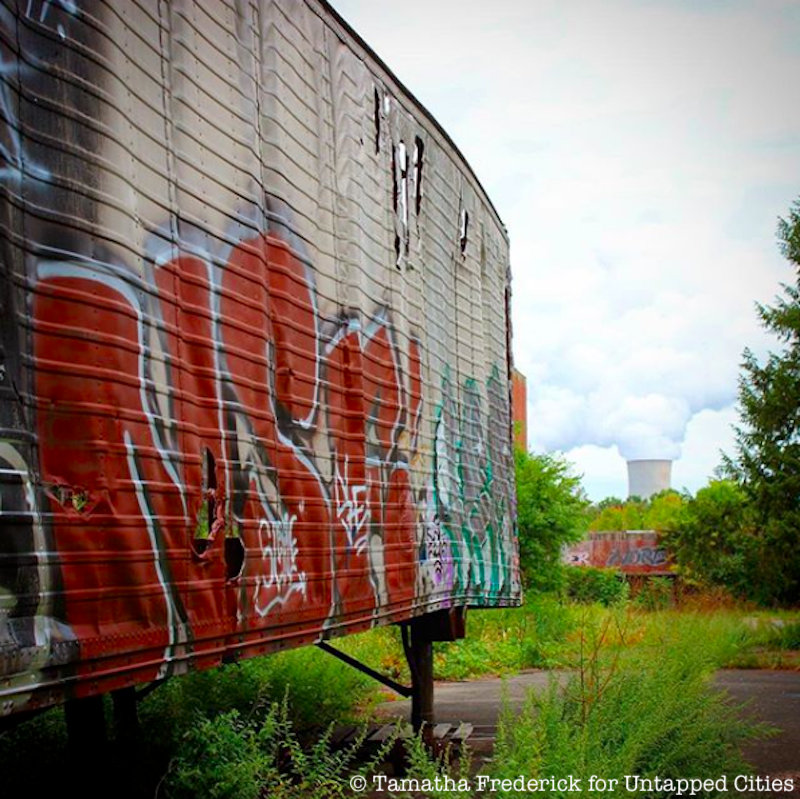Where was the birthplace of American whiskey? One may think it’s in the southern states of Tennessee and Kentucky with companies like Jack Daniel’s advertising with fanfare. However, most people are surprised to learn that the majority of American whiskey came to fruition a bit further north in Virginia, Maryland, and Pennsylvania. In fact, the tiny town of Linfield, Pennsylvania, once held the world’s largest supply of aging whiskey. Over 100 million barrels were kept there from 1933, when Prohibition was repealed, until the 1960s. These days, the Linfield Industrial Park which stored all that whiskey lies woefully abandoned.
The Linfield Industrial Park is about 35 miles northeast of Philadelphia, but the story of whiskey in Pennsylvania stretches across the state. The drink became popular in Pennsylvania due to its large immigrant population in the 1700s. And since the land in Pennsylvania was different than in Europe, distillers used rye instead of barley as a cheap substitute. However, as history dictates, whiskey became the first domestic product to be taxed as the government searched for ways to pay off debt from the Revolutionary War. This led to the Whiskey Rebellion of 1771 in western Pennsylvania, leading many distillers to flee to Kentucky where the tax wasn’t properly enforced.
The rebellion did more good than bad for whiskey, as commercial distillers in the North found themselves without competition. This heyday lasted until Prohibition made rye whiskey hard to find. Instead, a new generation of drinkers came of age with Scotch whisky and blended American varieties. Yet, one such distillery, Kinsey, managed to survive several decades past Prohibition and made its home in Linfield’s sprawling Linfield Industrial Park.

It was known as the “unhurried whiskey” and managed to draw attention partly thanks to women being acknowledged on the letterhead. Furthermore, readers connected sexologist Alfred Kinsey’s 1948, Sexual Behavior in the Human Female to the whiskey. While the sales manager at first tried to explain the disconnect, he eventually put out a report with Kinsey’s advertising cleverly front and center.
Kinsey eventually sold out to Continental Distilling Corporation of Philadelphia (Kinsey was rebranded at a later date to New Liberty Distillery) and the Linfield Industrial Park took on a new role. The Depression-era buildings manufactured anti-freeze and ammonia-based cleaning products until 1986. Being so close to the Schuylkill River, it wasn’t long before the river tested positive for pollutants including arsenic and lead. As such, the site was closed and is now classified by the state as a Hazardous Sites Cleanup Act location. Decisions are still being made about what to do with the abandoned property. At one point, the nearby city of Limerick wanted to acquire the land to build another nuclear plant.

It is technically illegal to enter the Linfield Industrial Park and trespassers have been reprimanded in the past. However, despite an instance of arson, most of the Park’s visitors leave little behind except tags of graffiti. They enter through the main gate in quiet Linfield— open and across the street from a park— and stroll the property where security guards occasionally drive by. The twin towers of the Limerick Generating Station can be seen at a distance marking a contrast between the decrepit and the relatively new. Sadly, the whiskey is long gone, but old barrels lay scattered and the associated machinery rusts away in disrepair. Intrepid explorers tiptoe across its 192 acres, photographing a history that once was.
Next, check out 8 Distilleries to Visit in Brooklyn (and One in Hudson Valley). Get in touch with the author at freshcoffeestains.com.






